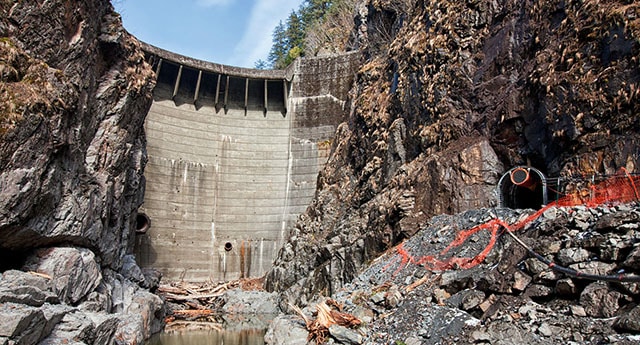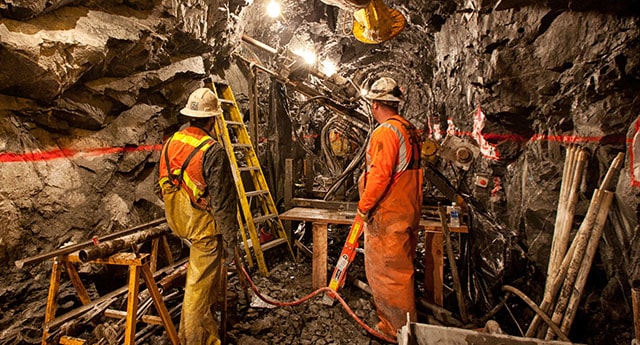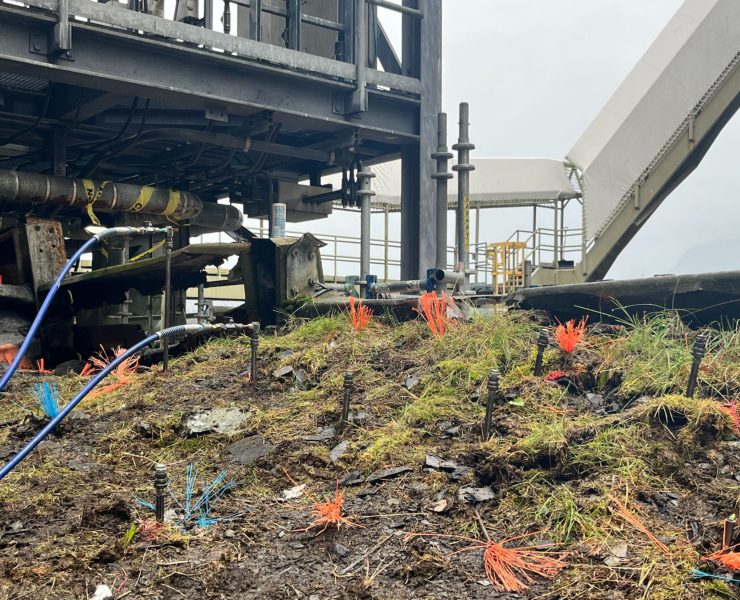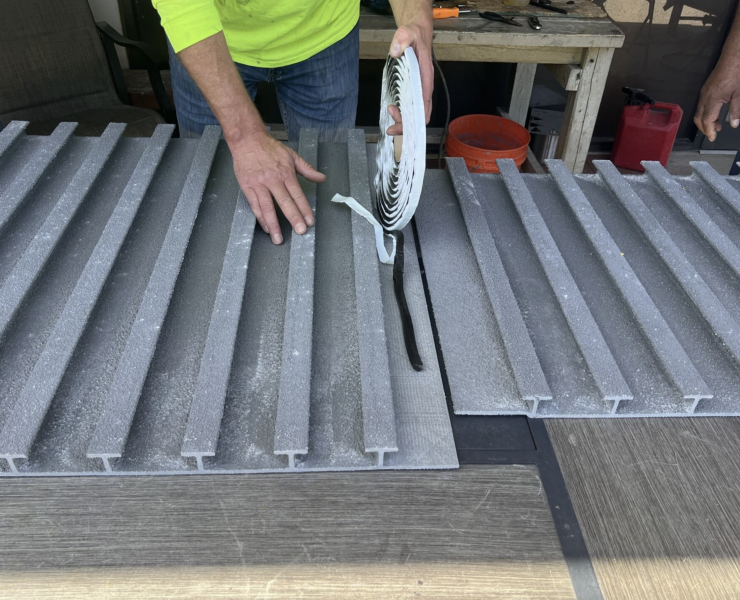Blue Lake Hydroelectric Expansion Phase II

By Crux Subsurface, Inc.
Project Description
- Located approximately 5 miles east of Sitka, Alaska, Blue Lake is the City’s primary source of hydroelectric power and drinking water
- Consists of a dam, a submerged intake structure, a power conduit, three power houses, and a switchyard
- Growing electricity demands in the region have exhausted current resources and necessitated an increase in annual energy output
- Expansion includes the addition of a third generating turbine and raising the existing concrete arch dam from 160 feet to 243 feet
- Once completed, potential energy output will increase by 27%
Team Members
City and Borough of Sitka, Barnard Construction Company, Crux Subsurface
Crux’s Role
Crux provided difficult-access core drilling during the 2009 exploration phase of the Blue Lake Hydroelectric Expansion Project, and was selected to return in 2013 to participate in the construction phase. The scope of work included a foundation grouting program, support of a plunge pool scour wall, installation of pressure relief wells, and exploratory core drilling from within a new drainage tunnel. The dam is built into a steep, narrow canyon with no access to abutments, requiring all equipment and personnel to be continuously supported across the dam by a Liebherr 1600/2 – 400 ton crane for all phases of work.
Consolidation grouting was completed to address the top of rock that was weathered, and where discontinuities are prone to dilation. Curtain grouting was designed to address potential flow paths at greater depths to reduce the permeability of the rock formation. The curtain grouting design overlapped the existing grout curtain constructed and completed in 1961. Rock anchors were installed in both abutments for increased stabilization.
 The plunge pool scour wall consisted of a concrete head wall beam supported by underlying micropiles, which acted as both foundation support and containment of upstream rip-rap material. Crux examined stress distributions in the concrete headwall, and analyzed the intent of the micropile system using finite element techniques. Results of the analysis revealed redundancies within the design, providing Crux an opportunity to propose a value engineering alternative.
The plunge pool scour wall consisted of a concrete head wall beam supported by underlying micropiles, which acted as both foundation support and containment of upstream rip-rap material. Crux examined stress distributions in the concrete headwall, and analyzed the intent of the micropile system using finite element techniques. Results of the analysis revealed redundancies within the design, providing Crux an opportunity to propose a value engineering alternative.
Crux’s solution included a revised micropile configuration, reducing the total number of micropiles required by 30 percent and decreasing the diameter from 9.625 inches to 7.0 inches. Cost and schedule savings were shared with the City of Sitka, as the revised design provided construction crews economies to reduce costs and duration to the overall project schedule.
Highlights and Challenges
- Dam location in deep gorge created challenging access. Continuous crane support was required to support work platforms for all activities.
- Highly fractured rock formations caused caving hole conditions during drilling and grouting operations.
- Construction congestion and the dependence upon ultimate crane support for all activities required crews to work flexible schedules, day and night.
- The project involved increased exposure to safety hazards. Training and effectively communicating these dangers to all personnel resulted in zero incidents.


















